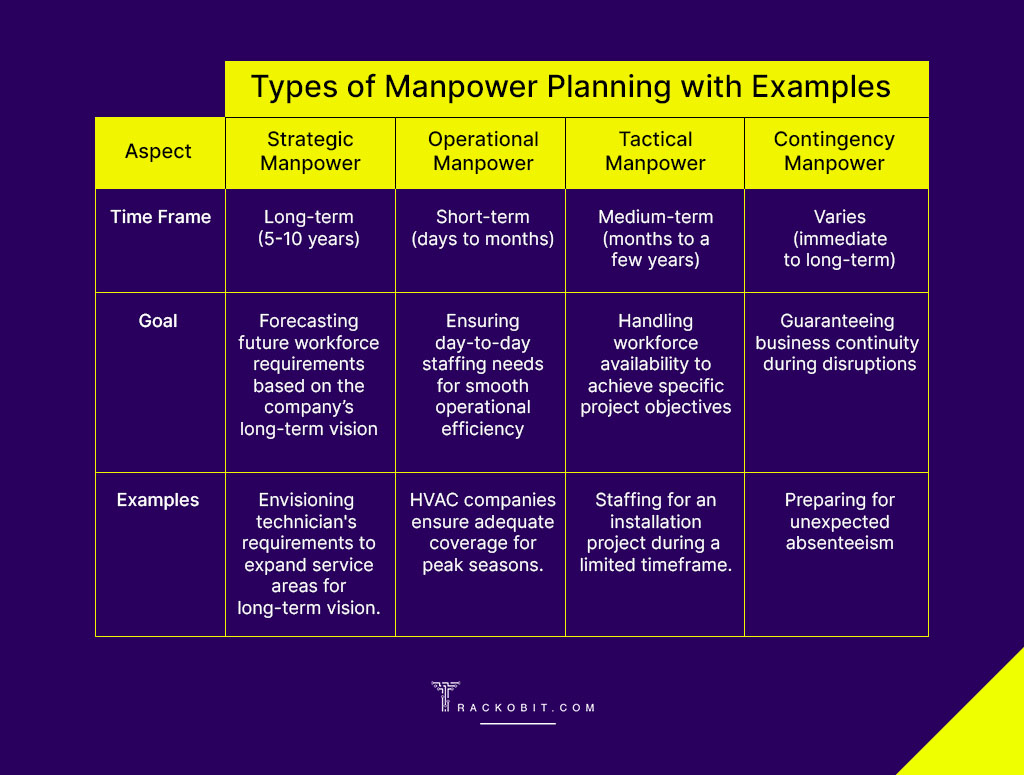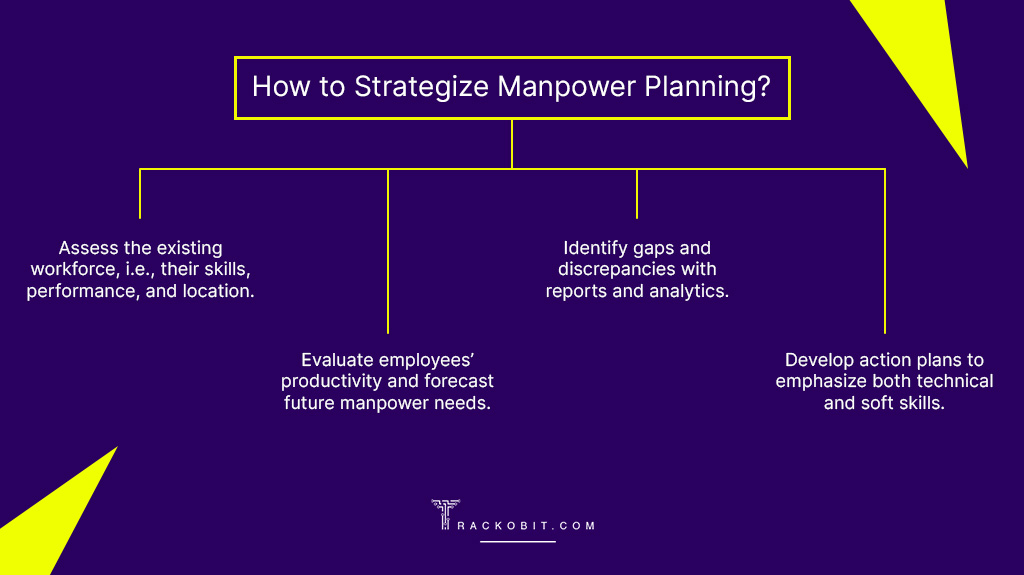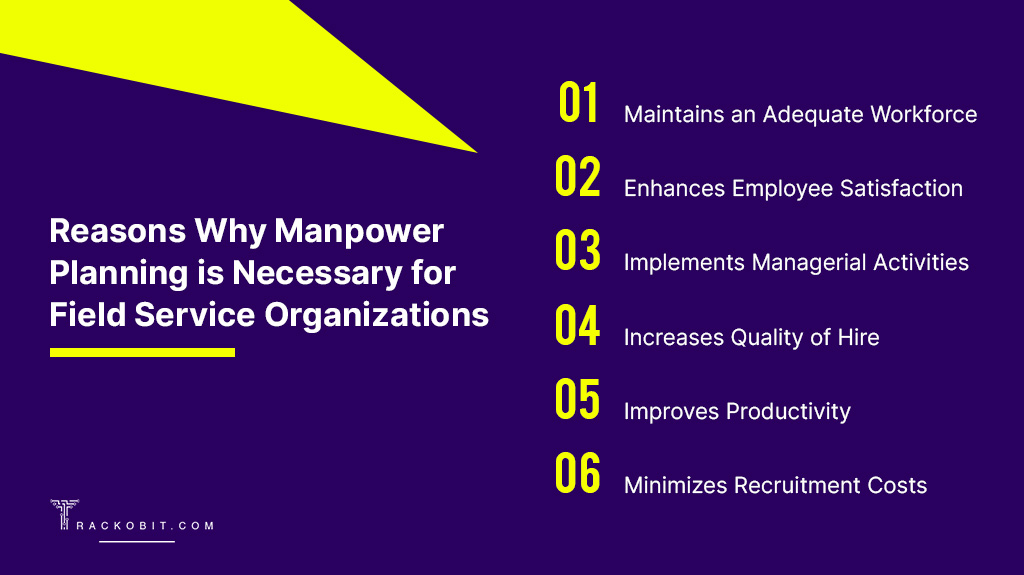-
TrackoBit
Manage commercial vehicles with the new-age Fleet Management Software
TrackoBit -
TrackoField
Streamline your scattered workforce with Field Force Management Software
TrackoField -
Features Resources
-
Blog
Carefully curated articles to update you on industrial trends. -
White Paper
Insightful papers and analysis on essential subject matters. -
Glossary
Explore an alphabetical list of relevant industry terms. -
What’s New
Get TrackoBit & TrackoField monthly updates here. -
Case Study
Explore the cases we solved with our diverse solutions. -
Comparisons
Compare platforms, features, and pricing to find your best fit.
-
About Us
Get to know TrackoBit: our team, ethos, values, and vision. -
Careers
Join the most dynamic cult of coders, creatives and changemakers. -
Tech Support
Learn about our technical support team and services in detail. -
Events
Check out the exhibitions where we left our marks and conquered. -
Contact Us
Connect with us and let us know how we can be of service.
What is Manpower Planning? A Comprehensive Guide Shared by Experts
- Author:Shivani Singh
- Read Time:10 min
- Published:
- Last Update: August 22, 2024
Table of Contents
Toggle
Wondering what manpower is and what could be its main types and processes? Diving deep into this guide will help you get your essential answers.
Table of Contents
ToggleField service managers need to execute their operations like well-oiled machines. However, they need to do manpower planning, ensuring skilled technicians are available to get the job done.
Take John, a well-focussed field service manager, responsible for dispatching the right technician at the right site. As consumer demands grew and new service contracts poured in, he faced critical challenges. He struggled to learn about employees availability and task status, resulting in unfair distribution of technicians across job sites. Upon scrutinizing his operations, he realized that the crucial part he often missed is an effective “Manpower Planning”.
Manpower planning helps ensure that sufficient staff is available and there are no staffing conflicts. Such strategic planning in place helps achieve organisational tasks and overall objectives. Without it, even experienced managers like John cannot meet with supply and demand, leading to missed deadlines, tarnished business reputation, and dissatisfied customers.
Read Blog – Top 10 Field Service Management Software
What is Manpower Planning? A Deep Insight
Manpower planning, often referred to as workforce planning, human resource planning, or manpower management, allows organizations to effectively plan and allocate their field staff requirements. This ongoing process involves constant monitoring, assessment, and adjustment to meet the evolving needs of the workforce. The procedure for manpower planning is as follows:
- Analyzing the current workforce
- Anticipating future requirements based on the organization’s needs
- Developing employment programs like recruitment and selection procedures.
- Creating training programs to improve employees’ skills, capabilities, and knowledge.
Through manpower planning, field service businesses ensure the right number of field employees are available for specific projects or tasks. Determining the tech resources requirements helps organizations minimize the risks of understaffing and overstaffing. They eliminate the chances of lost productivity due to short staff and mitigate paying for excess workforce. All these highlight the essential characteristics of manpower planning for a well-balanced and efficient workforce.
Types of Manpower Planning for Adequate Staffing
Field service business and manpower both work together harmoniously to achieve business objectives. Here are all types of manpower planning from which you can choose to ensure optimal workforce deployment.

1. Strategic Manpower
This planning aligns well with the organization’s long-term strategic objectives. It enables predicting future staff requirements based on the changes in technological advancements, business environment, and market dynamics. It can be extended to 10-year-long planning. Most strategic plans are developed by the company’s top leadership, reflecting its goals and vision.
A strategic manpower planning example could be a field service company, anticipating the need for more technicians in the upcoming quarter to expand its services.
2. Operational Manpower
Operational manpower planning involves short-term forecasting field executives’ needs based on seasonal fluctuations, project demand, and business operations. This approach addresses immediate or day-to-day staff strength needs, improving workforce efficiency and resource planning. Moreover, it helps overcome daily challenges such as staff shortages, scheduling conflicts, and unbalanced workloads.
Various HVAC companies prefer operational manpower planning, especially during peak seasons like summer and winter to ensure their daily operations run smoothly when HVAC service demands are high.
3. Tactical Manpower
The life cycle of tactical manpower is much shorter than the strategic plans. It is a kind of short- and medium-term planning that spans a time frame of several months to a few years to align workforce resources to meet specific project needs. Employers with tactical manpower planning processes take flexible yet less risky actions to meet anticipated demand.
Companies often use this approach to allocate and manage the workforce for major installation projects scheduled over the next 12 to 18 months.
4. Contingency Manpower
Contingency manpower planning in HRM ensures how a company responds when a disruptive event or emergency occurs. This plan ensures that workforce requirements are met, minimizing the impact of unforeseen circumstances. Also, you can assess potential risks before they occur which helps in making mindful decisions.
A perfect example of this could be a plan created by an organization to address suddenly increasing absenteeism rates due to illness, unexpected resignations, and job dissatisfaction.
Process to Implement Manpower Planning Process
This section outlines the key steps in manpower planning to ensure an effective number of field executives dedicatedly utilizing their working hours.

1. Analyzing Current Workforce
First of all, you need to assess the existing workforce in terms of employees’ skills, performance, numbers, potential, and location. For that, you require robust field service management software like TrackoField that provides complete insight into your current workforce’s strength, location, and productivity and lets your business:
- Receive real-time updates on tasks and project status.
- Collect performance reviews with just a tap.
- Monitor employee availability in real time.
- Manage and oversee employees by designation and team.
- Assess technicians’ leaves and vacation requests on the same platform.
2. Forecasting Future Manpower Needs
Now, you need to evaluate if the manpower strength is efficient enough to take assignments and tasks. For that, you need to evaluate how employees are utilizing their working hours. However, in field service management, it could be a bit difficult. Not to fret! Using the best field service management software like TrackoField, you can develop a complete insight into employees’ productivity and therefore, forecast future manpower needs.
The software enables geo-verified task allocation and tracking to ensure tasks are completed at the designated sites. A sure-shot way to restrict team members from doing buddy punching or time theft. When every employee is located where they should be and dedicatedly doing their work, you can better analyze the current manpower strength. This highlights the need for manpower planning, allowing you to estimate the number of employees needed and the types of skills required based on your current and future organizational goals.
3. Identifying Gaps
Did you know that the average field service technician spends 30% of their time on non-billable activities that can lead to gaps in productivity? But, when you have control over your field operations and know where the technicians are at any given point in time, you will better reduce those gaps.
Well, guess what? Field employee tracking software like TrackoField not only provides you a complete insight into employees’ whereabouts and task status but also generates reports to let you identify and evaluate discrepancies in the workflow. The software produces:
- Target vs. achievement reports
- Distance traveled reports
- On-duty vs working hours reports,
Thus, it lets you better learn how many employees have achieved the allotted target, how many miles they have covered, and how many of them utilize their working hours effectively. Analyzing these reports helps managers identify issues such as skill shortages, overstaffing, and understaffing, allowing them to devise effective solutions.
4. Develop Action Plans
Upon identifying the gaps, it’s time for field managers to develop action plans that could involve strategically hiring and training field employees. So, they should start by onboarding and educating employees about business operations and product details. Since technical skills are crucial for field technicians, field managers should also ensure that their team members receive regular technician training to perform everyday tasks efficiently.
For instance, employees need to master setup, maintenance, repair, and troubleshooting, to provide excellent service at customer sites. They should also be proficient in using the field service mobile app for automating tasks like assessing task details and marking attendance. Besides, emphasize training in conflict resolution and interpersonal communication to empower and build confidence in your team.
Importance of Manpower Planning in Field Service Organizations

Companies aiming to expand their workforce with skilled employees rely on manpower planning. It enables organizations to forecast their human resource needs and offers several key benefits.
1. Maintains an Adequate Workforce
Manpower planning involves ensuring that the organization has the right number of employees with the required skills to achieve specific business goals. Upon analyzing seasonal fluctuations and market trends, field managers recognize the need for manpower planning, and prevent overstaffing and understaffing. Thus, they ensure and maintain an adequate workforce to meet business demands.
2. Enhances Employee Satisfaction
A satisfied and motivated team is more likely to achieve the organization’s goals like improved service delivery and increased number of service requests. However, excessive workload on an insufficient workforce can lead to employee dissatisfaction and declined productivity. Manpower planning helps field managers identify and address these loopholes, aligning human resources with business objectives.
3. Supports Managerial Activities
Manpower planning supports and enhances managerial activities. It enables managers to foresee future workforce needs that align well with organizational goals, thus assisting them in recruiting and optimally allocating field executives. By regularly inspecting gaps and discrepancies, managers can identify training needs and implement programs for enhanced service delivery. Based on employees’ availability, managers can also create work schedules, thus distributing workloads evenly.
| A Pro Tip
Use TrackoField’s automated job scheduling features to optimally allocate your staff to the task site. Ensure optimum staffing level across your important job sites. |
4. Increases Quality of Hire
Effective manpower planning lets you analyze the current workforce and assess the competencies that will be required in the future. In the long run, you get to know:
- When and how to hire new workers
- What qualities an applicant should possess
- How many employees should be hired
- How much experience they should possess
- What kind of skills they must have
This increases the quality of hire as you have well-planned and managed everything before starting the recruitment procedure. Moreover, you will be able to create job descriptions that attract candidates with the right qualifications, thus reducing turnover and improving employee retention.
5. Improves Productivity
With clear performance goals and targets, employees comprehend their responsibilities more effectively. Moreover, training opportunities and career progression, make them feel valued and motivated. This way, they seamlessly eliminate inefficiencies from their current job roles and enhance engagement in their work.
6. Minimizes Recruitment Costs
Efficient manpower planning reduces waste by letting you ensure the right person is allocated to the right location at the right time. With optimal staffing levels, you avoid unnecessary hires, thereby cutting costs associated with advertising, interviewing, training, and the selection process. Also, you will focus on specific skill needs, thus mitigating the time and cost spent on ineffective recruitment efforts.
Conclusion!
Manpower planning is crucial in this time and age, and field employee monitoring software enhances its effectiveness. The software lets managers make informed decisions quickly by providing real-time insights into workforce location, availability, productivity, and task completion. It helps identify skill gaps and training needs, ensuring that the workforce meets future demands.
Want to use one such software? Sign up to use TrackoField for free. The field employee monitoring software presents employees’ performance and availability in its data-driven dashboard. Thus, simplifying the complex process of manpower planning and ensuring a more organized field service operation.
Frequently Asked Questions
-
What is manpower planning?
Manpower planning helps field organizations ensure that they have adequate field technicians to execute their key job roles and meet organizational goals.
-
What are the methods of manpower planning?
Here are all the different methods and types of manpower planning. Strategic manpower Operational manpower Tactic manpower Contingency manpower
-
What are the objectives of manpower planning?
The objectives of manpower planning are to ensure optimal staffing levels, align human resources with organizational strategies, address skills shortages, and train employees through effective training programs.
-
What is manpower planning definition?
Manpower planning, or human resource planning or workforce planning, is the process of predicting an organization’s future staffing needs. It involves forecasting future requirements, strategizing recruitment, conducting training and lastly ensuring the right number of employees are available to meet organizational goals. This process helps optimize workforce efficiency, prevent overstaffing, and minimize staffing gaps.
-
What are the factors affecting manpower planning?
Changes in organizational goals, variations in demand due to seasonal fluctuations, economic trends, industry growth, innovation and technological changes, etc., are some common factors affecting manpower planning.
Shivani is a Content Specialist working for TrackoField. She comes with years of experience writing, editing and reviewing content for software products. Her underlining expertise in SaaS especially H... Read More
Related Blogs
-

Grameen Credit Score: Everything that NBFCs and MFIs Must Know in 2026
Shemanti Ghosh January 6, 2026Empower the underserved Joint Liability Groups (JLG), Self-Help Groups (SHG), and residents of rural India with better credit assessment and…
-

How MFIs Are Working In Modern Day Scenario? A Complete Breakdown
Mudit Chhikara December 30, 2025How field force automation is helping MFIs transform field operations.
-

Unified Field Workforce Dashboard: Monitor Tasks, Attendance & More In One Place
Mudit Chhikara December 15, 2025Bring full clarity to field operations with a single, real-time field workforce dashboard.
-

Loan Disbursement in NBFCs: From 15 Days to 3 Minutes – Learn How
Shemanti Ghosh December 11, 2025TrackoField’s AI-enabled field force automation software speeds up loan disbursals in NBFC with field agent task monitoring and facial attendance…

Subscribe for weekly strategies to boost field team productivity.
Your inbox awaits a welcome email. Stay tuned for the latest blog updates & expert insights.
"While you're here, dive into some more reads or grab quick bites from our social platforms!"Stay Updated on tech, telematics and mobility. Don't miss out on the latest in the industry.
We use cookies to enhance and personalize your browsing experience. By continuing to use our website, you agree to our Privacy Policy.


































